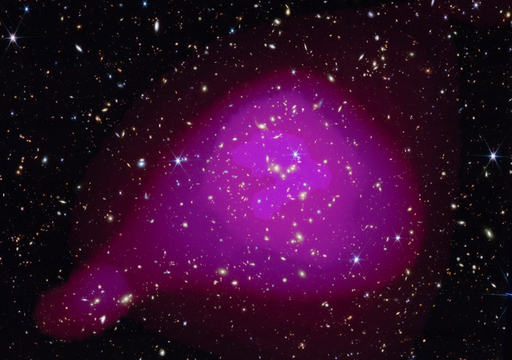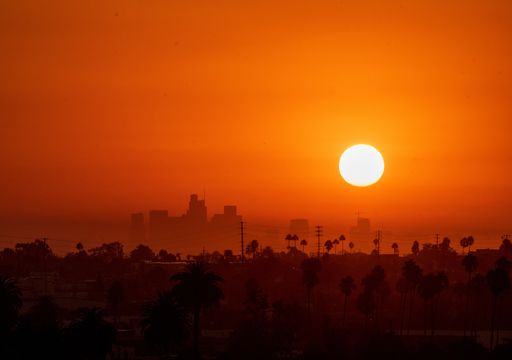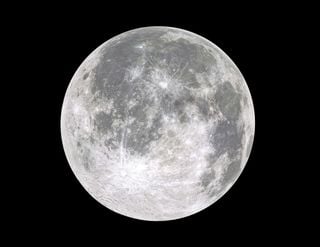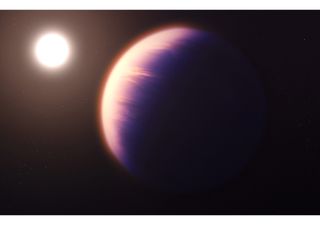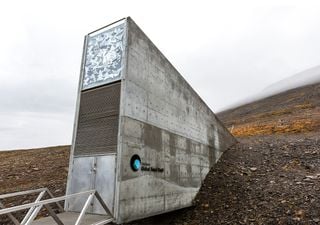When is the August full moon or the Sturgeon supermoon?
This August we will have the opportunity to enjoy the spectacular Sturgeon Supermoon, which will appear 16% larger and 30% brighter in the night sky.
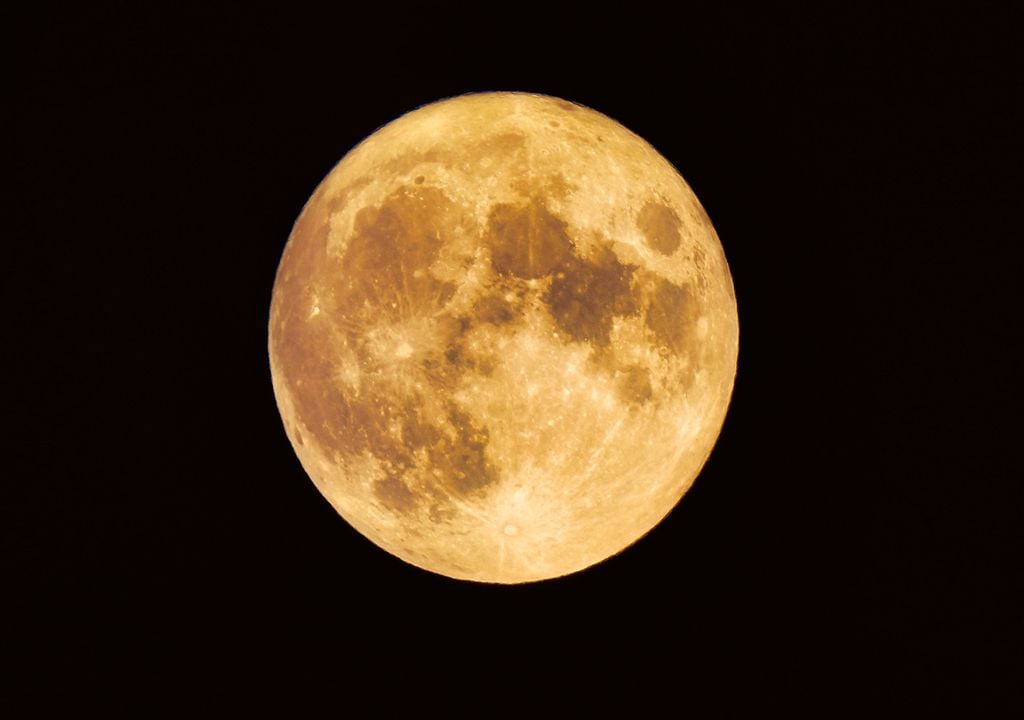
August is distinguished by its clear skies and pleasant nights, which is perfect for astronomy enthusiasts. In addition to the latest glows of the meteors of the aquatic deltas and the proximity of the Perseids, the lunar calendar stands out with a surprising and long-awaited event: the supermoon of the Sturion, which coincides with the full moon of the month.
The National Geographic Institute confirms that Monday, August 19 will be the ideal time to observe the full moon. Located in the constellation of Aquarius, at 8:25 p.m. this lunar phase will begin, when the lunar surface will be completely illuminated by the Sun and will have passed half of its monthly cycle.
Phases of the moon in August 2024
Below, we give you the dates of this month's lunar phases. Take note!
- New moon: August 4 (13:13 hours).
- Growing fourth: August 12 (17:19 hours).
- Full moon: August 19 (20:25 hours).
- Quarter throwing: August 26 (11:26 a.m.).
Why is it called the full moon of the Stury?
The August full moon is named after the sturgeon, a fish that abounds during the summer, especially in the large lakes that separate the United States and Canada. During this time, Native Americans took advantage of the abundance of these fish to facilitate their fishing.
Fases lunares en agosto ? 2024
— Planetario de Madrid (@PlanetarioMad) August 1, 2024
Novilunio (luna nueva): domingo 4 ?
Cuarto creciente: lunes 12 ?
Plenilunio (luna llena): Lunes 19 ?
Cuarto menguante: Lunes 26 ?#ObservaelcieloPlanetariodeMadrid ?゚ムタ pic.twitter.com/jt0sooB8Oi
This full moon is the third of the four that occur in this season, which makes it a "blue moon". This phenomenon, rare in the lunar calendar, occurs approximately every 2.7 years. It should be remembered that full moons occur every 29.53 days. In addition to being a seasonal blue moon, it will also be a supermoon, the supermoon of the Sturgeon.
After the supermoon of the Sturgeon, three other supermoons will follow: the supermoon of the Harvest, on September 18; the supermoon of the Hunter, on October 17, and the supermoon of the Beaver, on November 15.
Why is there a supermoon in the month of August?
The full moon of August will be very special, since it will coincide with a supermoon. This phenomenon occurs when the full moon is at its closest point to Earth during its elliptical orbit, which makes it appear larger and brighter than normal. Specifically, the supermoon of the Sturion may appear up to 16% larger and 30% brighter than a traditional full moon.
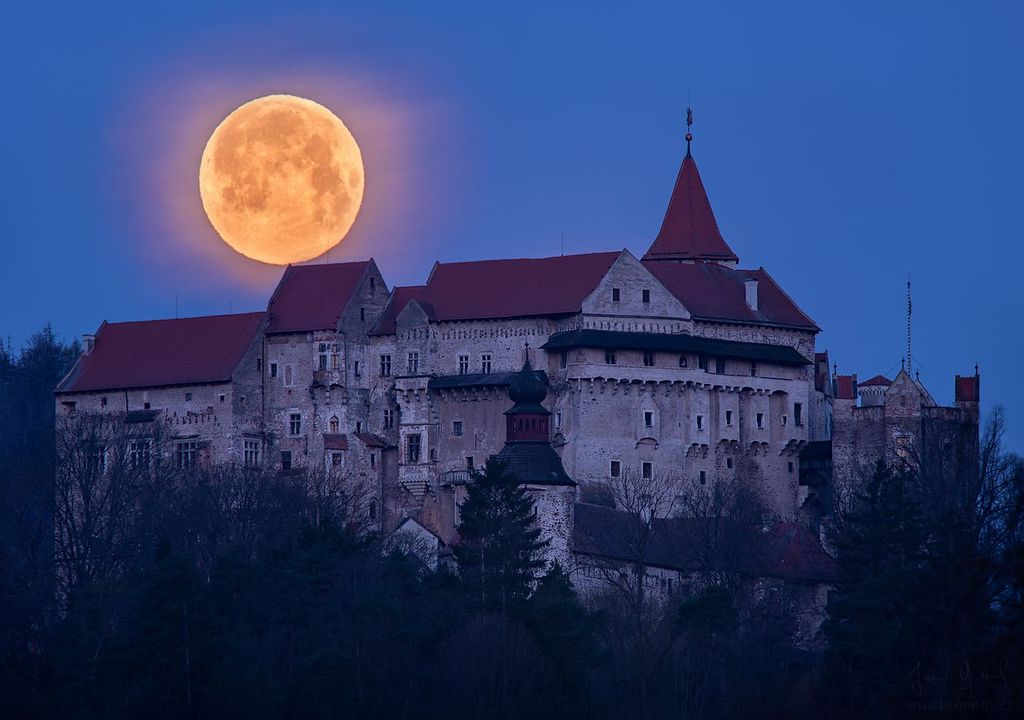
This effect is especially noticeable when the Moon is close to the horizon, where the "lunar illusion" makes it seem even more imposing. In addition, its greater brightness, the result of reflecting more sunlight, creates ideal conditions for astrophotographers and astronomers, who take the opportunity to capture spectacular images of the night sky.
To fully understand the phenomenon of the supermoon, it is very important to know the orbital dynamics of the moon. The moon's orbit around the Earth is an ellipse, which means that the distance between the two celestial bodies varies throughout the month.
Superluna del Esturión saliendo por el castillo de Teba (Málaga) pic.twitter.com/1ucwlk44P6
— Carlos Castro Fotógrafo (@Carloscastro_82) August 1, 2023
Thus, in the perigee, the moon is closer to Earth, at about 363,300 kilometers, while at its peak it is further away, at approximately 405,500 kilometers, according to NASA data. This variation in distance is what makes the spectacular spectacle of the supermoon possible.
